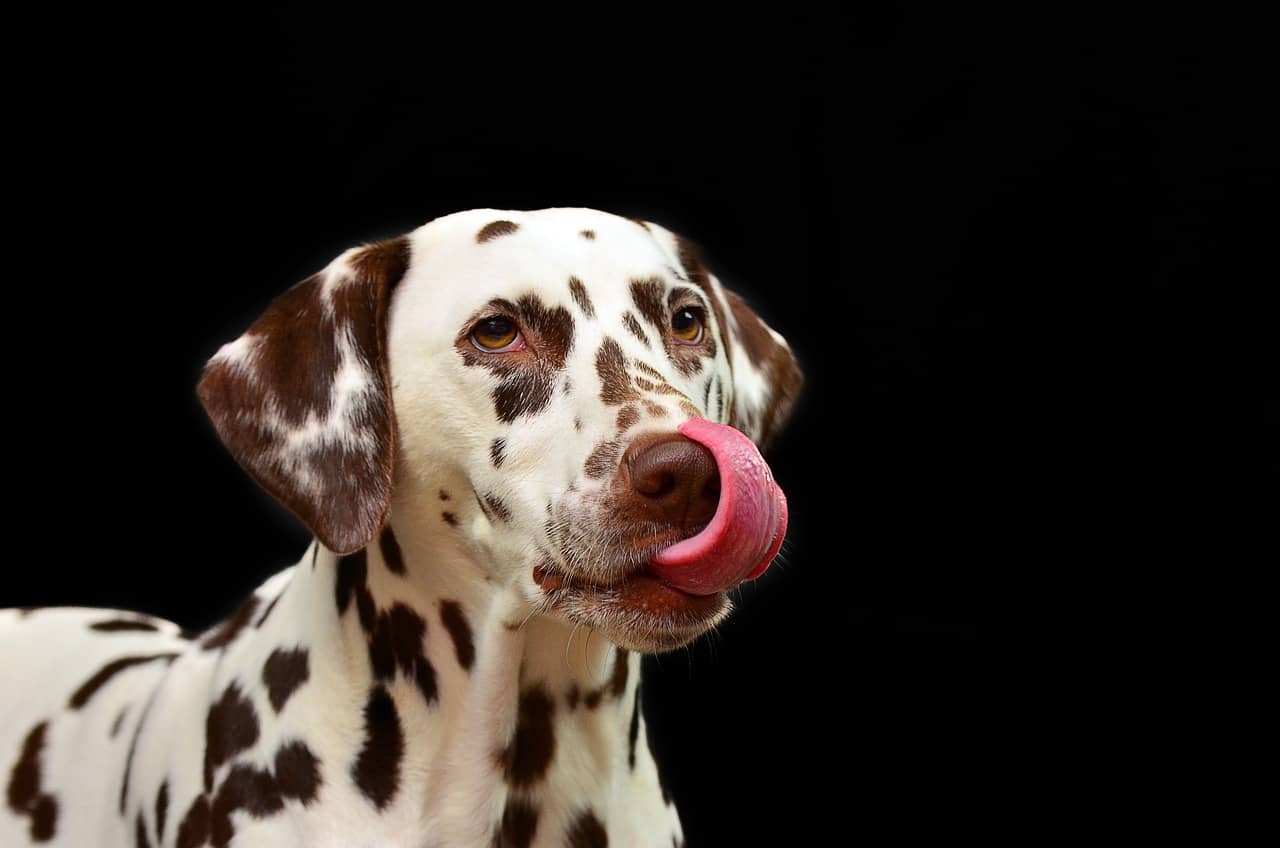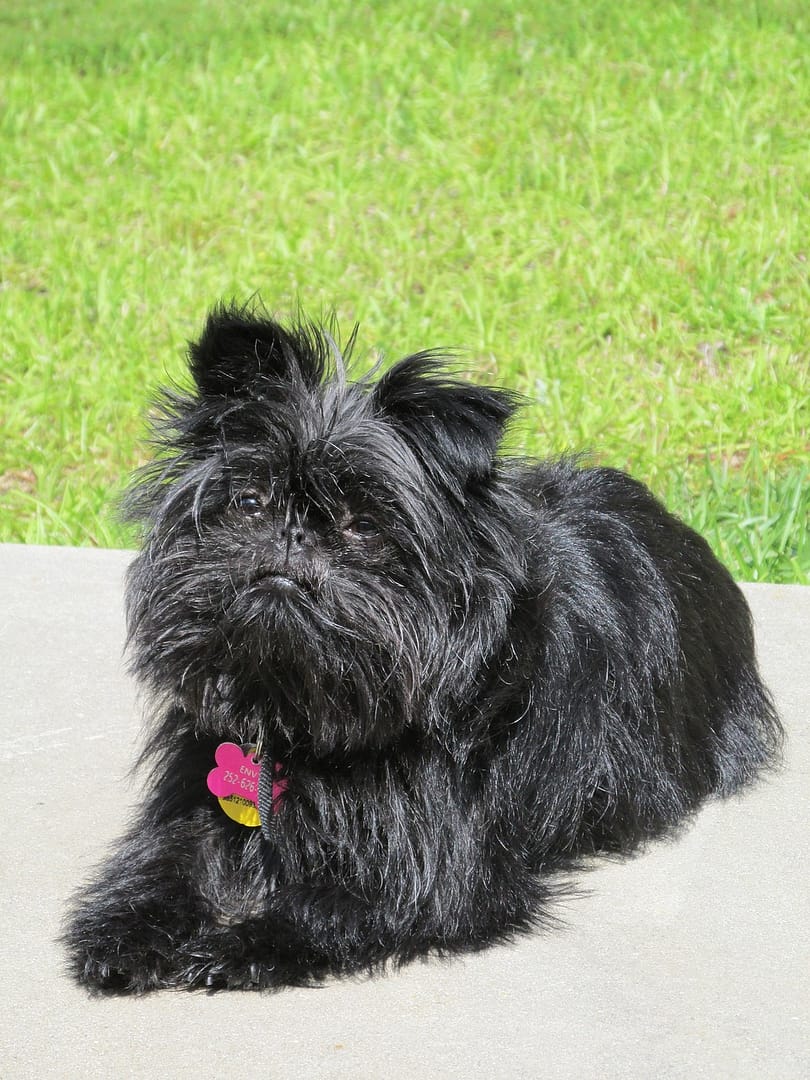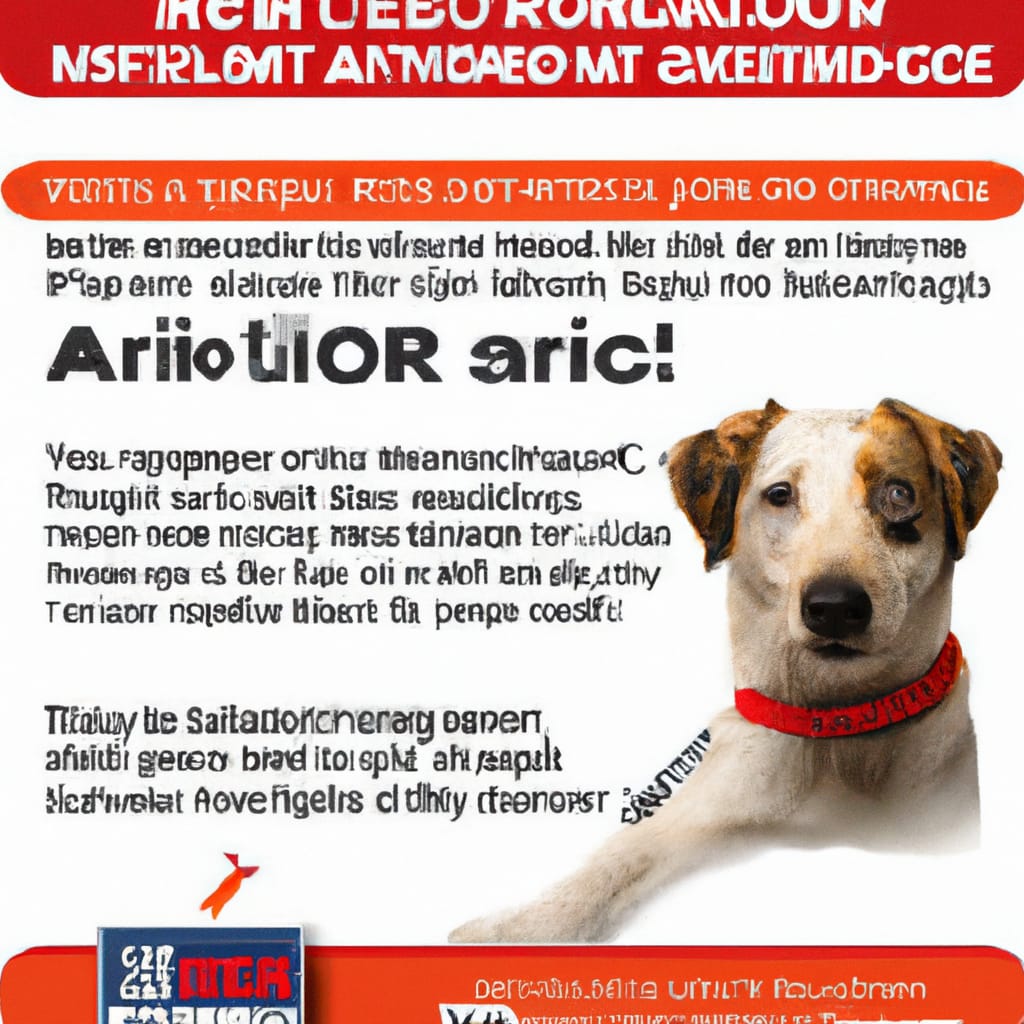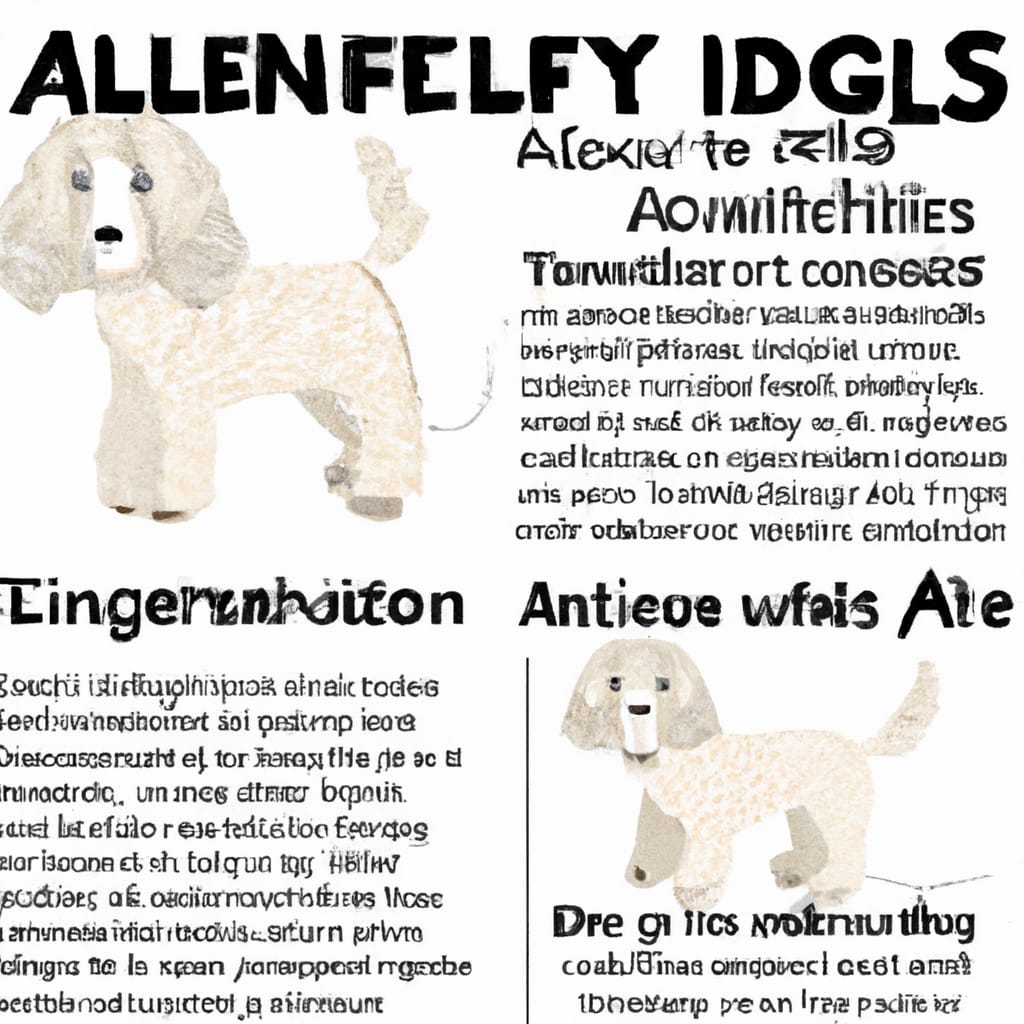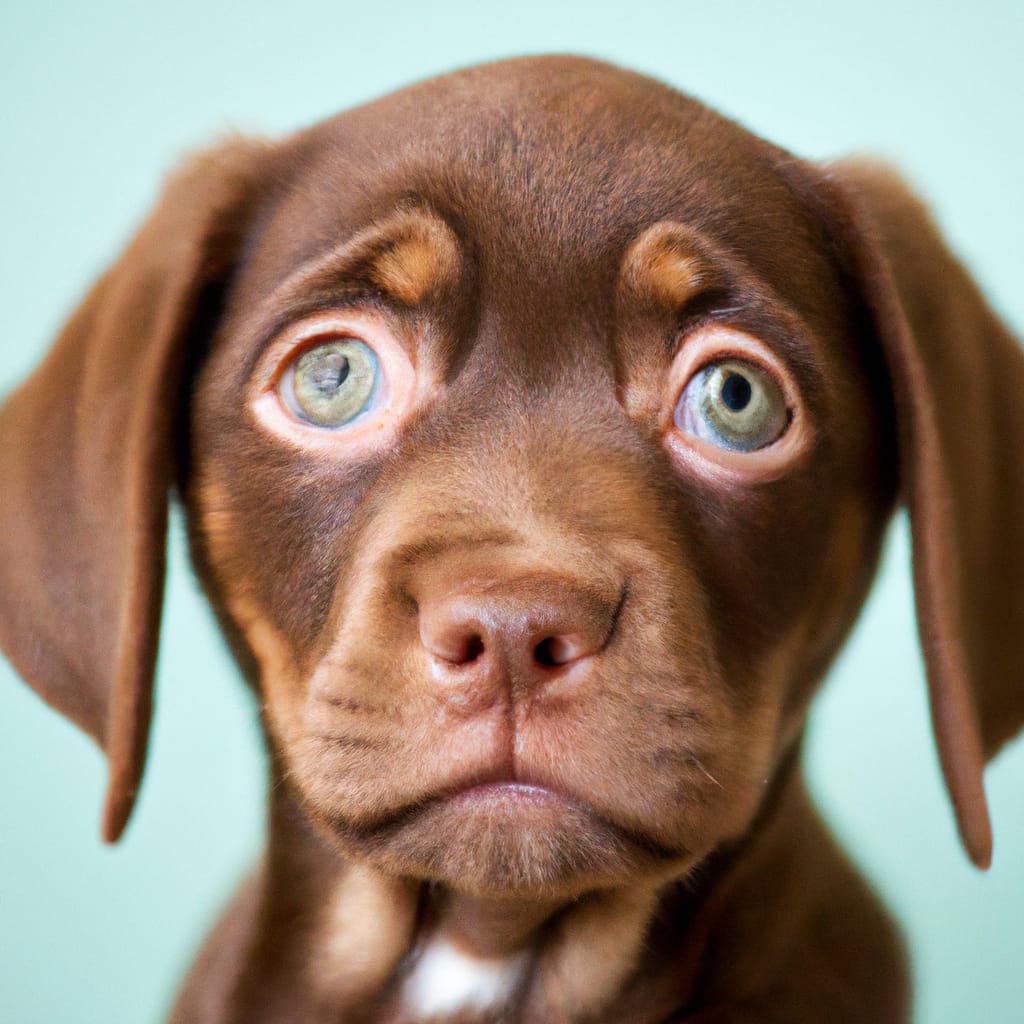The History Of Dog Breeds: Uncovering Their Origins
Ever wondered about the fascinating history behind the vast array of dog breeds we see today? From the regal and elegant Afghan Hound to the energetic and playful Labrador Retriever, each breed has a unique story to tell. Join us on a journey through time as we explore the origins of these beloved canine companions, unearthing the secrets behind their development and the roles they played throughout history. From loyal protectors to dedicated working companions, the history of dog breeds is a captivating tale that will leave you in awe of the remarkable bond between humans and their four-legged friends.
Ancient Origins
Domestication of Dogs
The history of dog breeds dates back thousands of years to the process of domestication. It is believed that dogs were first domesticated from their wolf ancestors by early human societies. This domestication process occurred as humans began to settle in communities and started to rely on dogs for various purposes such as hunting, guarding, and even companionship. The bond between humans and dogs grew stronger over time, leading to the development of various breeds.
Early Breeds
As humans started to domesticate dogs, different breeds began to emerge based on their abilities and characteristics. These early breeds were not as standardized as the breeds we see today, but they played a crucial role in laying the foundation for future breed development. The early breeds varied greatly in size, shape, and temperament, and each served a specific purpose within their respective communities.
Breed Development in Europe
Evolution of Working Dogs
In Europe, the development of dog breeds took a significant turn with the evolution of working dogs. These breeds were specifically bred to assist humans in tasks such as herding livestock, pulling carts, and guarding properties. Working dogs played a vital role in European societies, especially in agricultural communities. Over time, specific working breeds such as Border Collies, German Shepherds, and Bernese Mountain Dogs emerged, each with their own unique set of skills and characteristics.
Hunting Breeds
Hunting breeds also played a crucial role in European breed development. These dogs were trained to aid humans in tracking and capturing wild game, serving as valuable companions to hunters. From Spaniels to Setters, hunting breeds were bred for their keen sense of smell, agility, and determination. Today, many of these hunting breeds continue to excel in various dog sports and activities related to hunting.
Herding Breeds
In Europe, the rise of agricultural societies led to the development of herding breeds. These dogs were bred to assist humans in managing livestock, such as sheep and cattle. They were selected for their natural herding instincts, intelligence, and the ability to work for long hours in challenging terrain. Border Collies, Collies, and Old English Sheepdogs are some examples of herding breeds that originated in Europe and continue to be highly regarded for their herding abilities.
Toy Breeds
While larger working and hunting breeds were common in Europe, smaller toy breeds also emerged as popular companions to the aristocracy and royalty. Toy breeds were primarily bred for their small size and charming personalities. They were often seen as status symbols and were favored by nobility for their lap-dog qualities. Breeds such as the Cavalier King Charles Spaniel, Pomeranian, and Pekingese gained popularity among the upper class in Europe and continue to be cherished as beloved companion animals.
Sporting Breeds
Sporting breeds, often referred to as gun dogs, were specially bred to assist hunters in retrieving game birds. These breeds were valued for their ability to locate, flush, and retrieve game from both land and water. Spaniels, Labradors, and Golden Retrievers are among the popular sporting breeds that originated in Europe and are widely admired for their intelligence, trainability, and athleticism.

Breed Development in Asia
Asian Spitz-type Dogs
In Asia, a unique group of dog breeds known as the Spitz-type dogs emerged. These breeds are characterized by their thick double coats, curled tails, and fox-like appearance. They were primarily bred for various purposes, including hunting, herding, and companionship. Breeds such as the Akita, Shiba Inu, and Chow Chow originated in Asia and are treasured for their loyalty, independent nature, and distinctive physical features.
Guard Dogs
In Asia, the development of guard dogs was of utmost importance to protect homes, temples, and valuable possessions. These dogs were selectively bred for their protective instincts, strength, and intimidating presence. Breeds such as the Tibetan Mastiff, Doberman Pinscher, and Rottweiler have a strong lineage as guard dogs in Asian history. Today, they continue to serve as reliable protectors and loyal companions in many parts of the world.
Companion Dogs
Alongside their role as working and guard dogs, certain breeds in Asia were also bred specifically as companions. These dogs were cherished for their affectionate nature, loyalty, and willingness to please their owners. Breeds such as the Pekingese, Japanese Chin, and Cavalier King Charles Spaniel were highly regarded as companion dogs in Asian households, providing comfort and companionship to their owners.
Breed Development in the Americas
Native American Dogs
Before the arrival of Europeans, the Americas were home to various indigenous dog breeds. Native American dogs were valued for their versatility and were often used for hunting, companionship, and ceremonial purposes. These dogs played a vital role in Native American cultures and were bred to adapt to different climatic conditions and terrain. Some Native American dog breeds, such as the Alaskan Malamute and the Chihuahua, have maintained their unique traits and are recognized globally for their cultural significance and distinct appearances.
Developed Breeds
After the colonization of the Americas, European settlers brought their own breeds, which interbred with the native American dogs. This intermingling resulted in the development of new breeds that showcased a blend of different characteristics and temperaments. These developed breeds, such as the American Pit Bull Terrier and the Boston Terrier, emerged as distinct American dog breeds with their own breed standards and roles within American society.
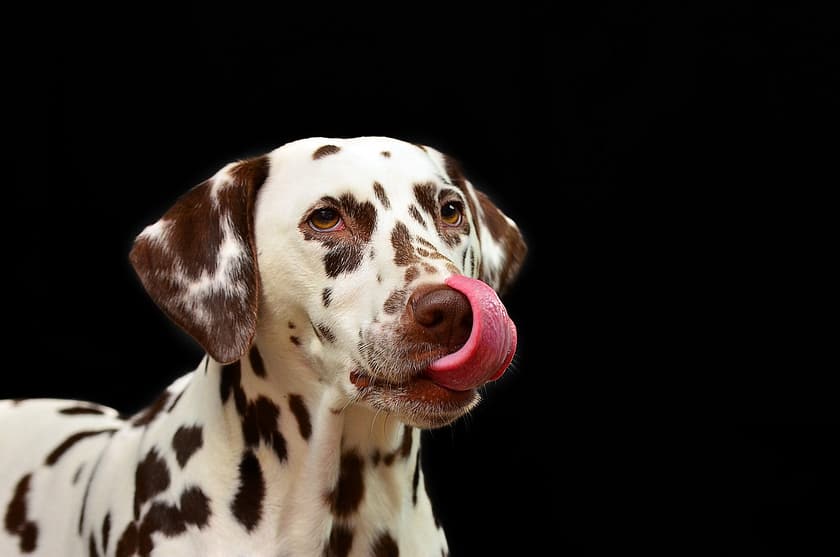
Crossbreeding and Hybridization
Purposeful Crossbreeding
Crossbreeding, the intentional mating of two different dog breeds, has been a practice that has contributed to the development of many modern breeds. Purposeful crossbreeding aims to combine the desirable traits of two different breeds to create a new breed with specific characteristics. This process allows breeders to tailor the qualities of a dog to suit specific needs or preferences. For example, the Labradoodle, a cross between a Labrador Retriever and a Poodle, was developed to create a hypoallergenic dog with the temperament of a Labrador and the low-shedding coat of a Poodle.
Designer Dogs
In recent years, the concept of designer dogs has gained popularity. Designer dogs are the result of crossbreeding specific purebred dogs to create unique combinations. These designer breeds often have creative names, such as the Goldendoodle (Golden Retriever and Poodle mix) or the Cockapoo (Cocker Spaniel and Poodle mix). While some argue that designer dogs bring diversity and health benefits to the gene pool, others express concerns about the lack of predictability in temperament and health issues that can arise from such crossbreeding.
Mixed Breeds
Mixed breeds, commonly referred to as mutts, are dogs that have a mixed ancestry of various breeds and are not recognized by kennel clubs as a distinct breed. Mixed breeds can have a wide range of appearances and temperaments due to their diverse genetic makeup. These dogs often possess a unique blend of traits from different breed backgrounds, making them charming and unpredictable companions. Many mixed breed dogs are adopted from shelters and rescue organizations, giving them a chance at a loving home and highlighting the importance of adoption.
Selective Breeding and Kennel Clubs
The Role of Kennel Clubs
Kennel clubs have played a significant role in the development and preservation of purebred dog breeds. These organizations establish breed standards and guidelines for responsible breeding practices. Kennel clubs also organize dog shows and events, providing a platform for breeders and owners to showcase their dogs and adhere to specific breed standards. The American Kennel Club (AKC) and the Kennel Club (UKKC) are two prominent examples of organizations that set and maintain breed standards for various breeds.
Purebred Standards
Purebred standards serve as a blueprint for breeders and enthusiasts, outlining the ideal characteristics, size, coat type, and temperament for each breed. Breeders strive to produce dogs that adhere closely to these standards through selective breeding. Standards are crucial in maintaining breed integrity and ensuring that the unique traits and qualities associated with a specific breed are preserved over generations. Deviations from these standards can lead to the development of new varieties or changes within a breed.
Breeding Programs
Breeding programs are an essential aspect of selective breeding and the development of purebred dog breeds. Responsible breeders carefully select breeding pairs based on sound genetic principles, health evaluations, and adherence to breed standards. These programs aim to improve the overall health, temperament, and conformation of the breed while minimizing the risk of hereditary diseases. Well-structured breeding programs help ensure the long-term viability of specific breeds and promote the betterment of all dogs within a breed.
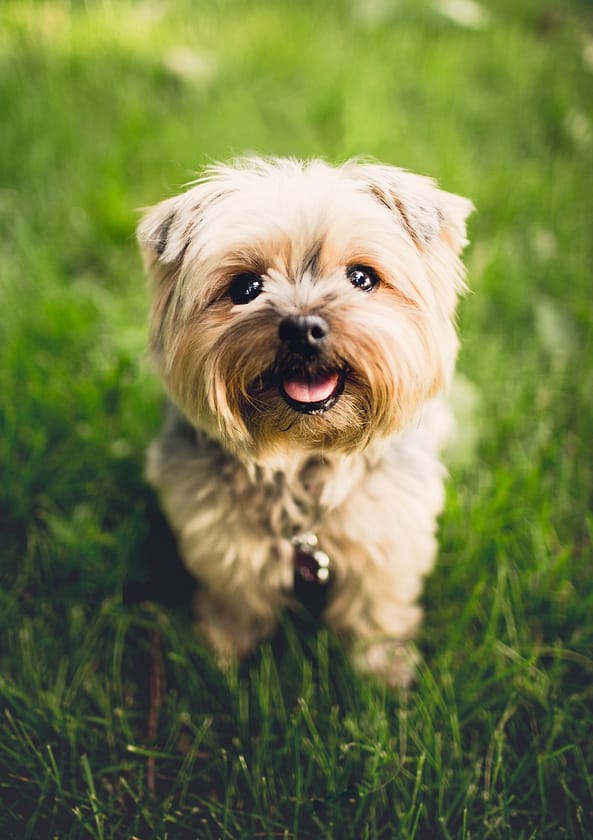
Impact of Scientific Discoveries
Genetic Studies
Advancements in scientific research, particularly in genetics, have provided valuable insights into the history and origins of dog breeds. Genetic studies have helped uncover ancestral links between different breeds and provided a clearer understanding of breed relationships and groupings. Through the analysis of DNA, scientists have been able to map out the genetic diversity within dog breeds and identify common ancestors, shedding light on the intricate web of dog breed development.
DNA Analysis
DNA analysis has revolutionized the world of dog breeding by providing breeders with valuable information about the genetic makeup of individual dogs. DNA tests can determine the breed composition of a mixed breed dog, identify potential health risks or genetic mutations, and confirm the pedigree of purebred dogs. Breeders can make informed choices and take necessary precautions in their breeding programs to ensure the preservation of genetic diversity and the overall well-being of their dogs.
Uncovering Ancestral Links
Through genetic studies and DNA analysis, researchers have made significant strides in uncovering ancestral links and origins of different dog breeds. It has been found that many modern breeds share common ancestors, often tracing back to specific regions or working purposes. These discoveries help paint a more comprehensive picture of the historical relationship between humans and dogs, showcasing the rich tapestry of breeds that have evolved over time.
Modern Trends in Dog Breeding
Changing Preferences
The preferences of dog owners and breeders have evolved over time, reflecting changing societal values and lifestyle choices. In recent years, there has been a shift towards smaller, more compact breeds that are well-suited for apartment living and require less exercise. Additionally, there is a growing emphasis on traits such as hypoallergenic coats, low-shedding, and intelligence. These changing preferences have led to the increased popularity of certain breeds and the rise of designer dogs that cater to specific desires.
Health and Genetic Concerns
The increased focus on health and genetic concerns is a significant trend in dog breeding. Breeders and owners are now more vigilant about selecting breeding pairs based on health evaluations and genetic testing to minimize the risk of hereditary diseases. Responsible breeders strive to improve the overall health and longevity of their dogs by implementing proper health screening measures and avoiding breeding individuals with known genetic issues. This trend promotes the well-being and longevity of purebred dogs and raises awareness of the importance of responsible breeding practices.
Future of Dog Breeds
Conservation Efforts
The future of dog breeds lies in the conservation of existing breeds and the preservation of genetic diversity. Efforts are being made to document and protect rare and endangered breeds that are at risk of extinction. Conservation organizations and breed clubs work together to raise awareness, support breeding programs, and safeguard the genetic heritage of these breeds. The conservation of unique and culturally significant dog breeds ensures that they continue to thrive and contribute to the diversity of the dog population.
New Breeds
The development of new breeds will continue to be a part of the future of dog breeding. Breeders and enthusiasts may experiment with crossbreeding and hybridization to create breeds that possess specific traits or fulfill certain roles. The establishment of new breeds requires careful planning and consideration of breed standards to ensure that new varieties are healthy, well-suited for their intended purposes, and conform to responsible breeding practices.
Breeding Practices
As scientific advancements continue to shape the field of dog breeding, responsible breeding practices will play an increasingly vital role in the future. Breeders will continue to prioritize health, temperament, and genetic diversity while adhering to breed standards and guidelines. Health testing and genetic evaluations will become standard practice to safeguard the welfare of dogs and maintain the integrity of each breed. The collaboration between breeders, researchers, and organizations will pave the way for a sustainable and ethical future for dog breeds.
In conclusion, the history of dog breeds is a fascinating journey that has spanned centuries and continents. From the ancient origins of domestication to the development of distinct breeds in different regions of the world, dogs have become an integral part of human societies. Through careful selective breeding, genetic discoveries, and changing preferences, dog breeds continue to evolve and adapt to the ever-changing needs of humans. The future of dog breeds lies in a balance between preservation, innovation, and responsible breeding practices, ensuring the well-being and longevity of these beloved companions.


